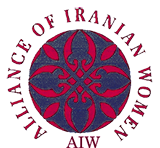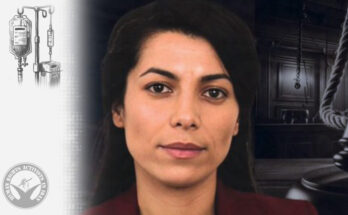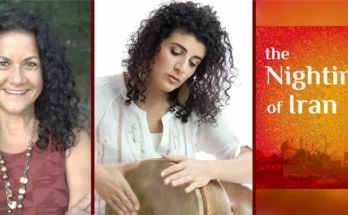Source: Iran Wire
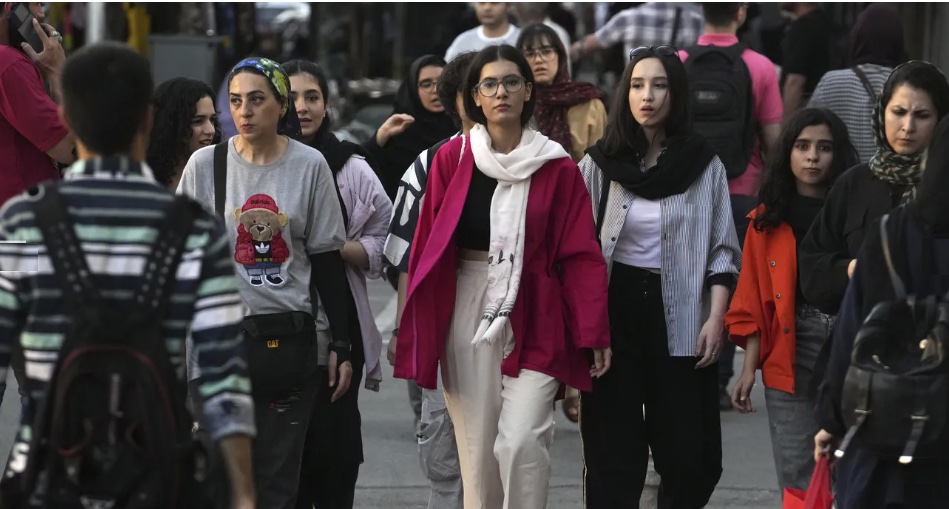
The scene could be from a nightmare: A small and quiet village. A hunting rifle. A man angered by rejection. Three people killed in moments.
On a chilling evening in Valaghouz, Zahra Moghadam’s life was cut short by a man whose marriage proposal she had rejected.
The man shot and killed Moghadam and two others in the village in northern Golestan province on November 21.
IranWire sources have confirmed the identities of the other victims as Ghoncheh Rasouli and her husband, Kheirollah Rasouli.
“The man who killed Zahra Moghadam and two other citizens in this village had wanted to marry her, but after being rejected, he went to her home with a hunting rifle,” a source told IranWire.
“Given that the village is small and everyone knows each other, he entered her house and shot her from close range.”
According to sources, two children of her relatives were also present at the scene of the murder, but before the killer arrived, Moghadam had hidden them.
It is unclear why the killer targeted Ghoncheh Rasouli and her husband after killing Zahra Moghadam, but eyewitnesses said that after killing the three citizens, he went to the police station and confessed to the murders, citing “personal and family disputes” as his motive.
He is currently in custody.
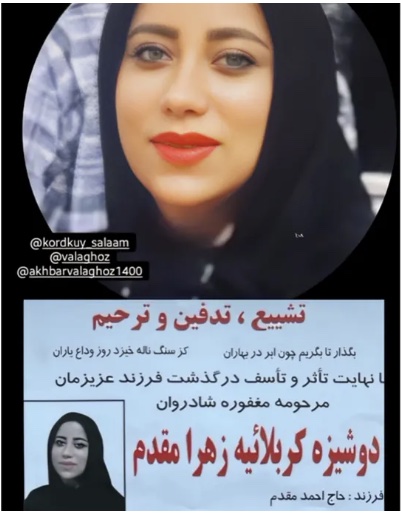
Moghadam’s murder was not an isolated incident. It was a snapshot of a deeper, more pervasive terror that stalks women across Iran.
IranWire has also learned that a man named Vahid Jahangiri killed his wife, Samaneh Jahangiri, on November 18.
Jahangiri had wanted to end her marriage, and despite repeatedly asking for a divorce, family elders intervened due to their “family ties” and forced her to return to the marital home.
Jahangiri, who was originally from a village in the Ardal district of western Chaharmahal and Bakhtiari province, was the mother of an eight-year-old child.
Sources close to Jahangiri describe her as a “hardworking woman” whose husband’s unemployment had exacerbated their marital problems over the past year and a half.
She was a graphic design student but had been repeatedly prevented from attending classes by her husband and suffered both physical and emotional abuse.
The ongoing issue of femicide in various parts of Iran occurs at a time when the United Nations, on the International Day for the Elimination of Violence Against Women, named the “home” as the “most dangerous place” for women and girls.
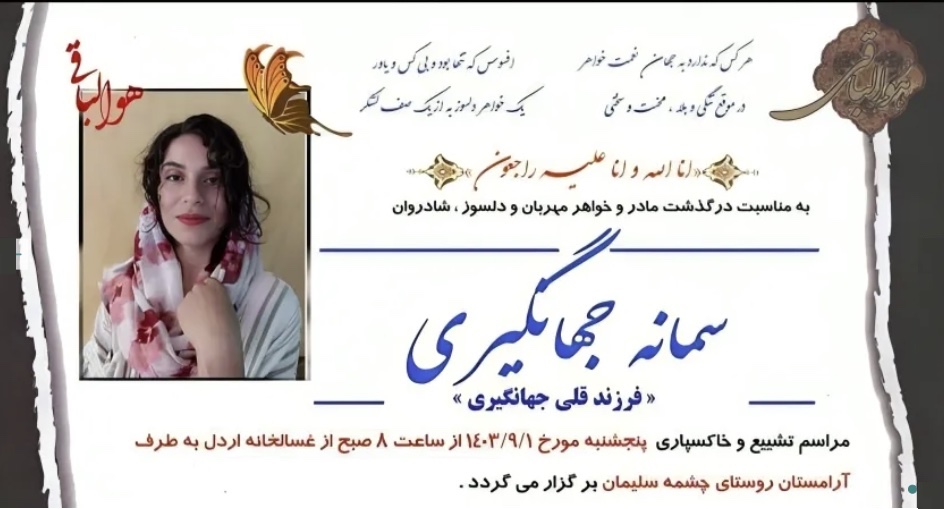
According to statistics from this international body, the majority of female murders take place in the home and are perpetrated by close family members.
In Iran, official bodies do not provide accurate statistics on femicides, but Iranian newspapers have reported on it.
According to Etemad newspaper, 78 women were murdered by their relatives or family members between March and September this year.
Shargh newspaper reported in 2023 that at least 165 women were killed by male family members between 2021 and 2023.
Furthermore, 27 women were murdered in the first three months of 2023 alone, with “honor killings” cited as a primary motive.
These figures only account for the murders reported in various publications, and the actual number is likely much higher.
In recent weeks, two Iranian lawyers have murdered their wives at home.
Iranian authorities reported that Mansoureh Ghadiri Javid, a journalist for the Islamic Republic’s official news agency, was killed by her husband on November 11.
Meanwhile, a lawyer in Tehran shot and killed his wife and 12-year-old son before turning the gun on himself.
The shooting took place on November 12 in the Velenjak neighborhood of the capital, ISNA news agency reported.
The 42-year-old man used a handgun to murder his 40-year-old wife and their young son.
Official statistics in Iran confirm that, on average, over 74,000 women visit forensic centers annually for physical examinations due to abuse by their husbands.
It means that one in every 300 married women in Iran seeks help from a forensic organization due to domestic abuse.
However, this figure does not reflect the full extent of the issue.
Estimates suggest that the actual number of domestic violence cases against women in Iran is nearly 100 times higher.
Nearly one-third of women in Iran experience violence from their partners, which is among the highest rates of domestic violence in the region, following Afghanistan and Turkey.
